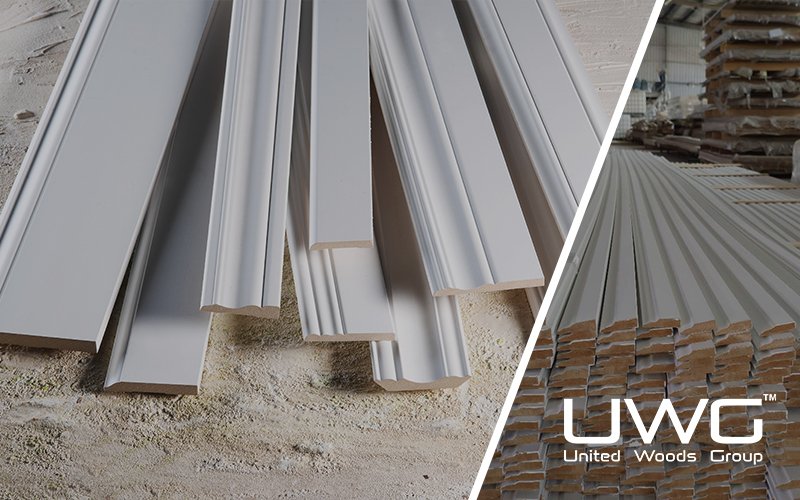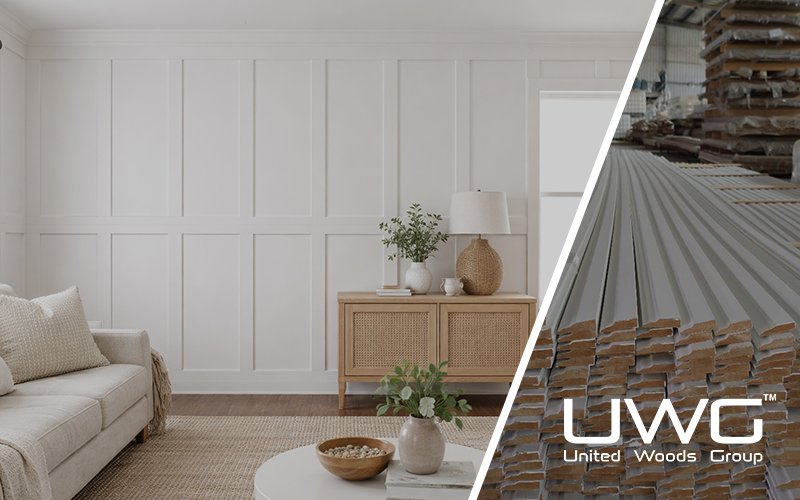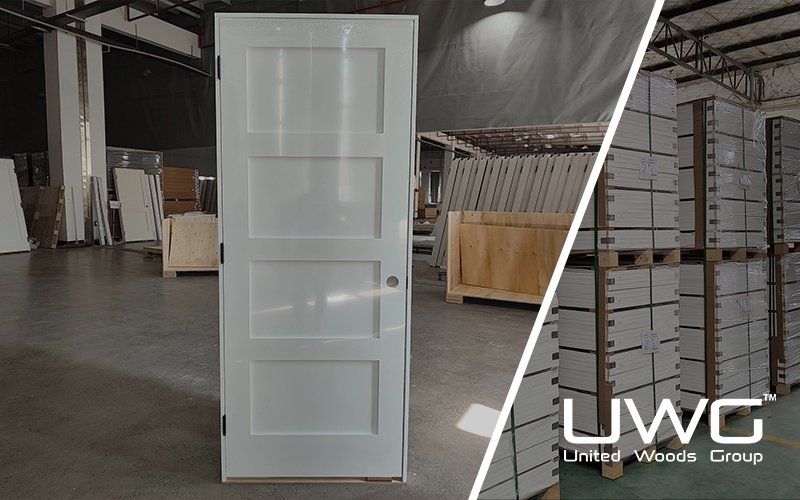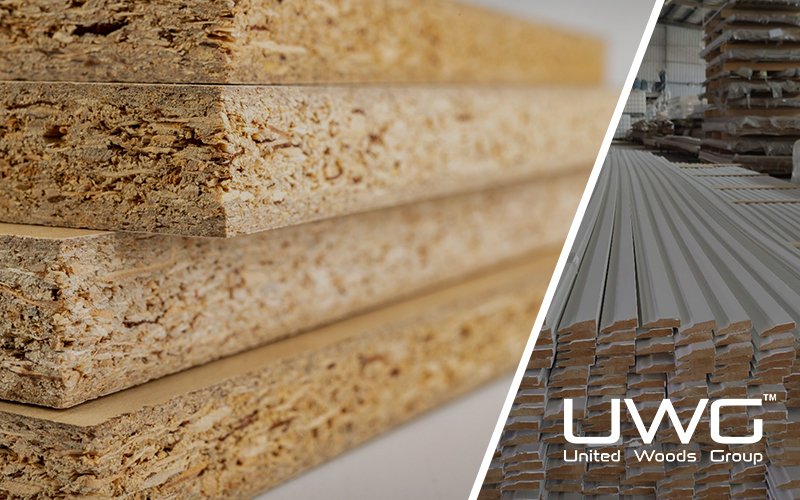Introduction: The Shifting Housing Market in 2025
As we approach 2025, the housing market is seeing significant shifts that will affect where builders should focus their investments. According to recent reports from the National Association of Home Builders (NAHB), single-family construction is experiencing a decline in large metropolitan areas, while growth is accelerating in rural and suburban areas. This shift reflects broader demographic changes and evolving preferences that are shaping the future of housing.
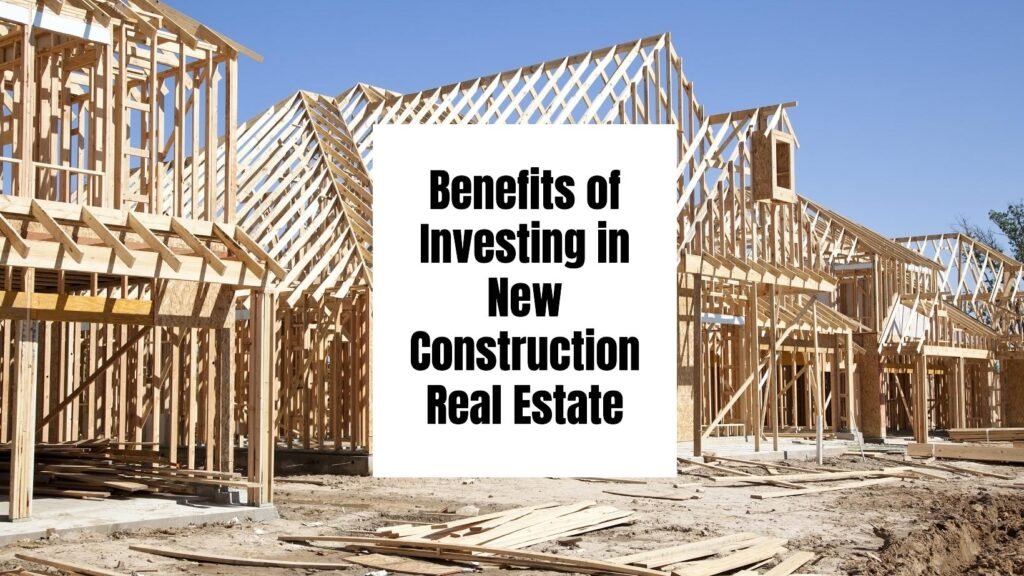
The Decline of Urban Housing Construction: Key Factors
Urban areas, historically the epicenter of housing growth, are now experiencing a noticeable slowdown in single-family construction. Several factors are contributing to this decline, which builders must understand in order to adapt their strategies for success in the evolving housing market.
- High Land and Construction Costs: In large metropolitan areas, land prices have escalated to unprecedented levels, making it increasingly difficult for builders to find affordable, developable land. As urban land becomes scarcer, builders are forced to consider more expensive locations or smaller plots. Additionally, rising construction material costs, driven by global supply chain issues and inflation, have made it harder to deliver competitive housing in urban markets. The high cost of labor, coupled with regulatory fees and compliance requirements, further squeezes the profit margins for urban development projects. These factors combine to make traditional single-family housing less economically viable in cities.
- Interest Rate Hikes: With rising mortgage rates, the dream of homeownership is becoming more difficult to achieve for first-time homebuyers and middle-income buyers in urban areas. The higher borrowing costs directly impact the affordability of single-family homes, making them out of reach for many prospective buyers. This issue is especially pronounced in cities where property prices are already inflated. As a result, fewer buyers are able to afford new homes, leading to a decrease in demand for single-family properties in metropolitan regions. Builders in these areas are increasingly finding that their target market is shrinking, forcing them to rethink their offerings.
- Demand Shifts: The rise of remote work has led to a fundamental shift in where people want to live. Many workers are no longer tied to urban centers, as remote work provides the flexibility to live in more affordable or desirable locations. This has significantly reduced the demand for housing in large cities while increasing demand for properties in suburban and rural areas, where the cost of living is lower and more space is available. As a result, urban housing markets are experiencing slower growth and fewer buyers, while suburban and rural areas are seeing a surge in interest. This shift is especially apparent among younger buyers and families looking for larger homes and more outdoor space.
- Changing Demographics and Preferences: Younger generations, particularly millennials and Gen Z, are increasingly seeking flexibility in both work and lifestyle. The appeal of city living, once centered around job opportunities and vibrant cultural hubs, is now being challenged by the desire for quieter, more spacious living environments. This demographic shift is driving more people to suburban and rural areas, where they can find more affordable housing options that align with their lifestyle choices. Additionally, the appeal of urban living is being undermined by concerns over high cost of living, congestion, and safety in some cities.
For builders operating in urban areas, this slowdown requires a significant shift in strategy. With demand for single-family homes in cities on the decline, builders need to reassess their project scopes and explore alternative approaches. This may include multi-family projects, mixed-use developments, and affordable housing options that can be more economically viable in the current market. Investing in urban redevelopment, upgrading existing structures, or repurposing vacant lots could also present opportunities to revitalize declining urban areas. These strategies can help builders adapt to changing demand while still taking advantage of the potential in urban markets.
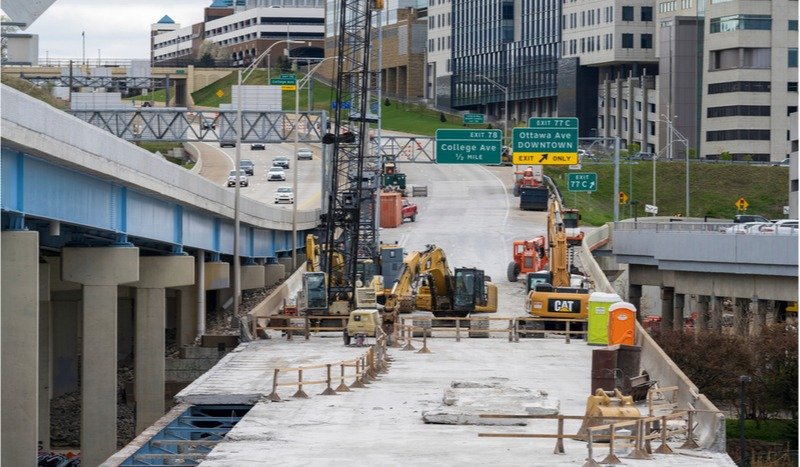
Why Rural and Suburban Housing Is on the Rise: Driving Factors
In stark contrast to the challenges in urban markets, rural and suburban areas are experiencing significant growth in single-family housing construction. This trend is fueled by several key drivers:
- Affordability: Land and construction costs are significantly lower in rural and suburban areas compared to metropolitan regions. This affordability makes these areas attractive to both builders and homebuyers who are seeking more cost-effective options. Rural areas offer the opportunity to build larger homes at a lower cost, which is increasingly appealing as demand for larger living spaces rises.
- Increased Remote Work: As more businesses adopt flexible work policies, employees are no longer bound to cities. This has led many to seek homes in quieter, more spacious locations, where they can enjoy a better quality of life at a lower cost. Rural and suburban areas have become ideal destinations for these individuals and families, fueling demand for new housing.
- Lifestyle Preferences: Post-pandemic, many people have reevaluated their lifestyles and are prioritizing space, privacy, and access to nature. Rural and suburban areas offer these qualities in abundance, making them an attractive choice for people looking for a change from the hustle and bustle of urban living.
- Government Incentives: Various federal and state programs aimed at promoting development in rural areas have also contributed to this growth. Builders can take advantage of government incentives that make construction in these regions more profitable.
These factors make rural and suburban markets highly attractive to builders in 2025. With fewer competitors and more opportunities to meet the growing demand for affordable, spacious housing, rural and suburban areas are likely to remain the epicenter of housing growth.
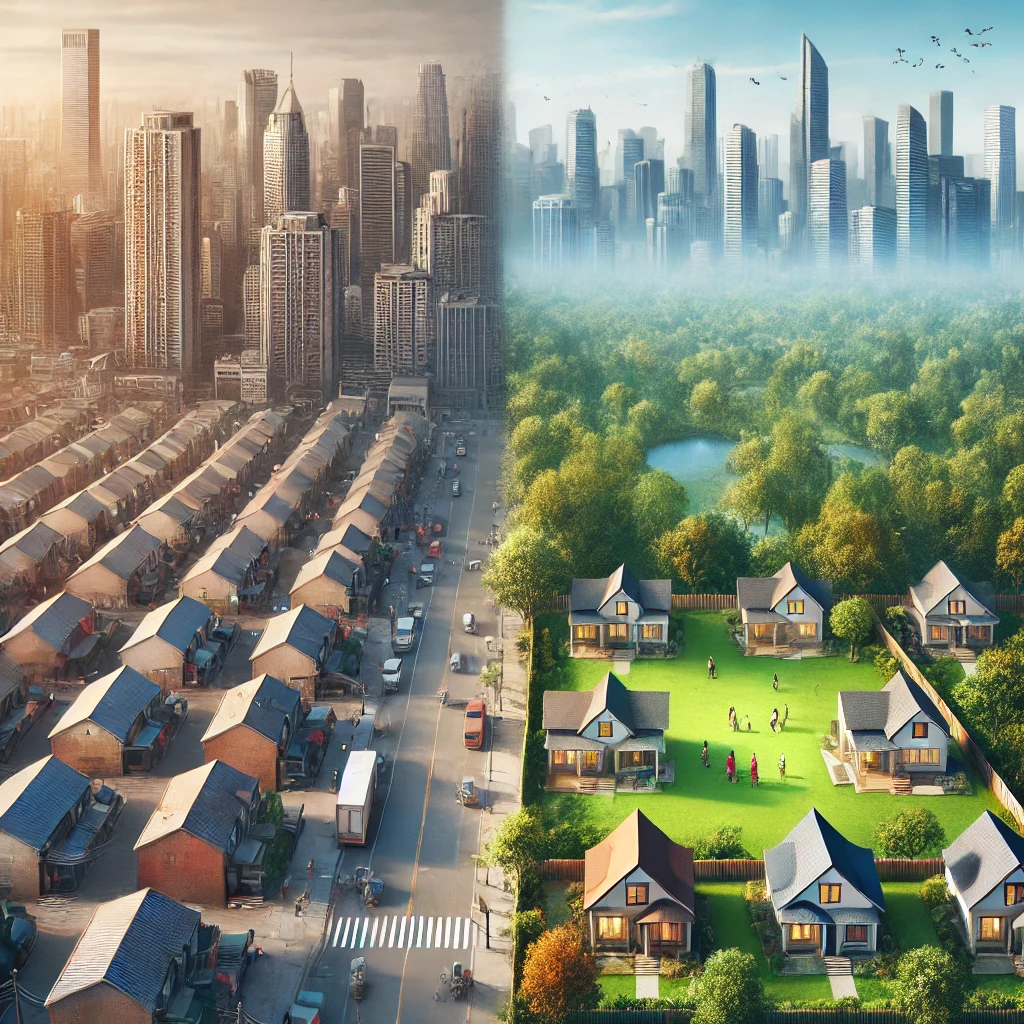
What Builders Should Do: Adapting to the New Housing Market
As the housing market shifts, builders need to adapt their strategies to thrive in the changing environment. Here are some key steps builders should take:
- Focus on Affordable Housing: Given the rising demand for affordable homes in rural and suburban areas, builders should prioritize cost-effective, high-quality single-family homes. Focusing on energy efficiency, sustainable materials, and lower-cost construction methods will help builders stay competitive.
- Invest in Land Acquisition: In both urban and rural markets, land acquisition will be a critical part of a builder’s strategy. In cities, consider opportunities for infill projects or vertical developments, while in rural areas, land acquisition at lower prices offers an opportunity for large-scale development.
- Explore Suburban and Rural Communities: Builders should shift their focus to smaller communities that offer room for growth. These markets may have lower competition and higher returns on investment. Suburban and rural areas are especially attractive for builders looking to tap into the rising demand for family homes.
- Incorporate Remote Work-Friendly Features: With the rise of remote work, homes in rural and suburban areas should be designed with flexible spaces, home offices, and easy access to outdoor areas. Builders who understand this shift in lifestyle preferences will be well-positioned to meet demand.
- Diversify Project Types: While single-family homes dominate in rural areas, mixed-use developments in suburban locations can offer opportunities for higher-density housing. Builders should consider diversifying their portfolio to include both residential and commercial developments to stay flexible in the evolving market.
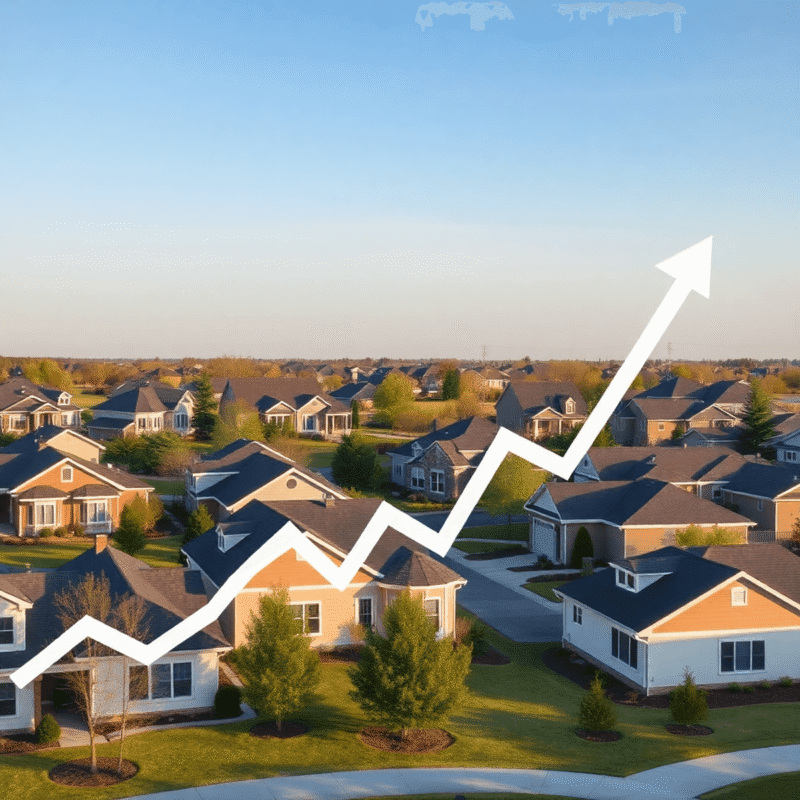
Conclusion
The housing market in 2025 presents a unique opportunity for builders, particularly in rural and suburban areas. While urban housing construction continues to slow, driven by high costs and changing demand, the growth in rural and suburban areas provides builders with a chance to meet the increasing need for affordable, spacious homes. By adapting to these trends and focusing on cost-effective, remote work-friendly housing, builders can position themselves for success in the evolving housing market.



